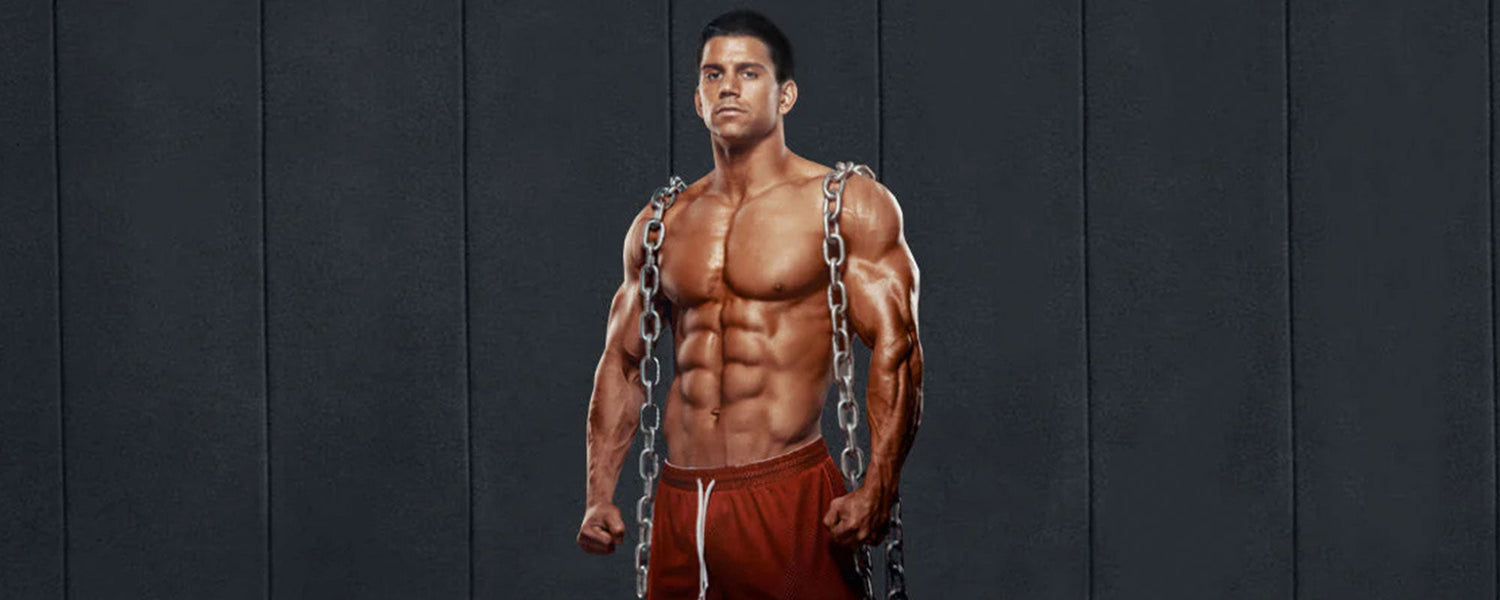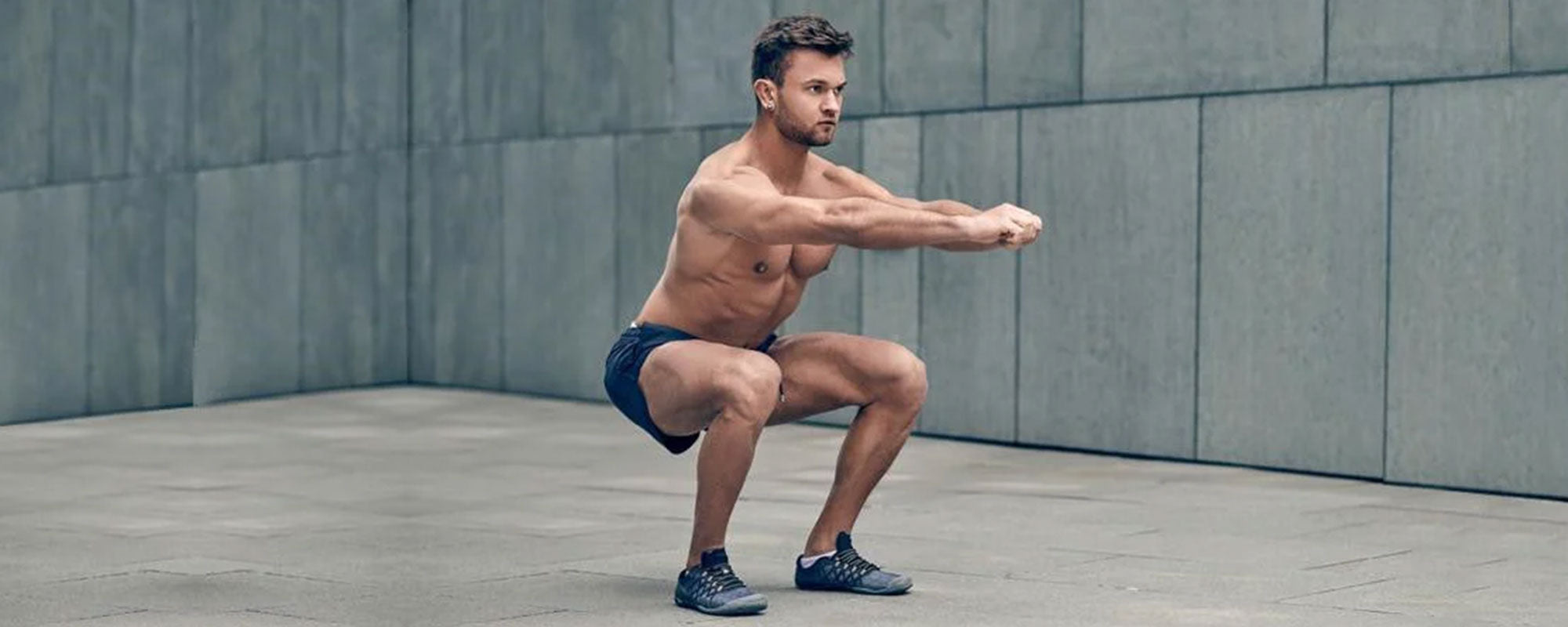Table of content
1. Anatomy Of Muscle Growth
When you flaunt your biceps, thousands of small muscle fibers contract with each other. Every fiber is a muscle cell made up of thousands of links known as sarcomeres. When our brain tells us to move, a chain reaction begins in the sarcomeres. Inside the sarcomere are even smaller contractile fibers, which are actin and myosin. This is where the muscular growth magic happens.
Skeletal muscle hypertrophy (muscle growth) is the consequence of a complex process in which each muscle fiber receives more myosin "filaments" as it grows.Over time, this causes the "engine" of the cell to grow in size and strength.
On the other hand, building a larger engine is not simple, and your muscles can not accomplish it all by themselves. The two things it needs are pieces of protein and a mechanism (mTOR).
mTOR is an abbreviation for "mammalian target of rapamycin". Glutamine is a complicated protein that governs how and when your body begins to grow muscles in response to exercise. mTOR (the mechanic) is roused when you strike the weights, allowing him to get to work right away. MPS, or muscle protein synthesis, is the term used to describe this process.
Simply lifting weights and allowing mTOR to do its work would result in us exploding with lean muscle mass in minutes. However, MPS has a twin known as muscle protein breakdown, which works in direct opposition to the disease.
When these forces are in balance, neither muscle gain nor muscle loss occurs. If your "protein balance" is positive, the excess protein can be channeled into muscle cells through the use of resistance exercise. However, if you have a protein balance that is either negative or neutral, there is no gas for the engines and no parts to make it bigger. You must therefore force your body to achieve a positive protein balance in order to gain muscle mass. After that, MPS gains the upper hand.
It is never possible for your body to be completely either anabulic or catabulic, and regardless of what you do, you will always have some level of catabulic and anabulic activity occurring all the time.
2. What Is Muscle Gaining?
Muscle hypertrophy is frequently a major focus when it comes to physical enhancements. It takes time and appropriate training to build muscles. Muscle development and maintenance are essential for a healthy and active lifestyle. It isn't only for youthful athletes or fitness fanatics, you can pursue it no matter who, when, or wherever you are.
Gaining muscle mass via bulking up is not the same as gaining weight in the traditional sense. To grow muscles in a healthy manner, there are a number of things that must be addressed. If you want to build muscles, you need to know a few facts about the human body and how they impact your muscular system. Muscle growth requires a combination of caloric intake and weight training. Including more protein in your diet has a major impact as well. Protein and lipids are generally advised as part of a balanced diet. Other considerations should be made before beginning a muscle-building practice.
3. Tips For Beginners: Gaining Muscles
This blog narrows down the requirements for gaining muscles in the desired areas of your body.
The first thing you must keep in mind, it is necessary to have a plan for basic resistance exercise.
- Get specific with an exercise that focuses on strengthening a single muscle group and pumping it up. Remember not to be too strict on yourself; listen to your body and eat enough protein. When you're all set to build muscles, the focus should be on a targeted muscle exercise.
- You may experience some muscle fatigue or discomfort after completing a workout. If you're working out intensely, consecutively, or for a long period of time, you may feel exhausted. Increase the pace of the workout gradually over time.
- Before starting on your muscle-building adventure, consult with a strength coach or physical therapist for help on the ideal exercises for you to complete in order to achieve your objectives.
- Just keep in mind that if you've been exercising with the same set structure for more than six workouts, your body has fully acclimated and you won't get the same results anymore. Adding diversity to your routine, such as huge sets or supersets, will allow you to reap even greater advantages from your bicep training.
- Rest is essential in the process of muscular development. A person's capacity to heal their muscles will be reduced if they do not allow each muscle group to rest. Inadequate rest also has the additional effect of slowing fitness growth and increasing the likelihood of injury.
4. Set A Workout Routine
Create a sample workout routine for what you are going to do each day. It is absulutely possible to make a routine according to your needs or body structure. You don’t have to spend hours and hours in the gym. Consult your trainer to come up with a workout plan as per your body’s needs, stay on the right diet and be dedicated .
4.1. The Secret To Begin Is Determination
Beginners should concentrate on cardio training for the first 2 to 4 or 6 to 8 weeks. During weeks 2 to 4, do activities such as walking, speed walking on the treadmill, and running. comparably high intensity running for a longer length of time. During this period, you should lift extremely light weights with high repetitions (15 to 20 reps each set). Your primary focus should be on developing proper workout methods.
Incorporating 6 to 8 weeks of cardio and high repetition training will prepare your heart and strengthen it so it can better deliver blood and nutrients to muscles for greater lifting in the fullowing weeks after weeks 6 or 8.
4.2. Patience Is The Key
Don’t forget that gaining muscles requires patience, determination, and consistency. It is going to take a while before you see your muscles growing, so just stick to the plan and keep moving forward. Increase the difficulty of your workout slowly as you continue to repeat exercises. To become stronger, your muscles will have to learn to adapt and rebuild themselves. Your training must be increased on a regular basis if you want to see progress.
- For example, if you're doing 10 sets of 80 pounds this week, make sure you aim for 10 sets of 85 to 90 pounds next week.
- Or if you're working out with 5 sets of 5 at 100 pounds, try 5 sets of 5 at 105 pounds next week.
5. Nutritional Requirement For Gaining Muscles
- If you want to gain muscle, you need to consume more calories, the building blocks of muscle growth. Then, how much more and for what? Also, when to eat is an issue. If you haven't heard of pre-workout meals and the "anabulic window" fullowing an exercise, you might as well have skipped your workout altogether and stayed home to binge TV shows.
- The good news is that unless you're a serious bodybuilder or professional athlete, most of this will not apply to you. If you want to do hard exercise, you should eat within one to two hours after your last meal.
- If you missed a meal, don’t worry since you’ll probably be alright. One of my personal trainers says, “Those who coach professional athletes see improvement by eating three meals a day and snacking without worrying about racing home to get their protein drink.”
- Grabbing a pre-made protein bar may be a good and convenient option before working out.
- Muscles absorb necessary nutrients from blood flowing through arteries, while waste products are expelled from them via veins. Your heart is intertwined with your arteries and veins. That is to say, even if you are a complete beginner, keep in mind that you must pay attention to both your heart and your body.
- You need to eat plenty of healthy stuff with high fiber, proteins, and nutrients.
- Nuts.
- Chicken.
- Eggs.
- Milk.
- Beef.
- Vegetables.
- Fruits.
- Oatmeals.
- Homemade shakes in high protein.
(Above are some affordable, easily available foods that you can get your hands on every day, which contain protein and essential nutrients).
- You need to start on a healthy diet intake to make healthy muscle gains in the intended areas of your body .
- Consuming 2500 calories everyday should be enough to build muscle. In other scenarios, 4000+ calories are required if you want to put on weight.
- Everybody has a different body requirement, you need to experiment to figure out what works the most in your favor.
6. Some Necessities To Keep In Mind Before Beginning To Gain Muscle
- Having a stable routine should be the number one priority because while you’re asleep, a hormone that regulates muscle growth is released. So if you’re on a heavy workout and consuming enough nutrients, getting 8 hours of sleep is essential as it will help you stay active and focused. Gaining those muscles is not a piece of cake or something you can take a break from. Consistency and being focused is the key. You’ve got to stay on track!
- As much as working out is important, make sure you go for long walks twice or thrice a week to stay energetic because your muscles build while you’re resting.
- A huge part of success relies on a proper nutritional diet. Drink plenty of water to stay hydrated and take proper care of your body.
7. Takeaway
Following the preceding routine will undoubtedly assist you in beginning your muscle-building journey. Remember that you cannot force your body to produce results quickly; your body requires constant exercise, conditioning, and health support through diet and nutrition to begin creating desired outcomes over time.
Disclaimer: This content, including advice, is for informational purposes only.












Leave a comment
This site is protected by hCaptcha and the hCaptcha Privacy Policy and Terms of Service apply.